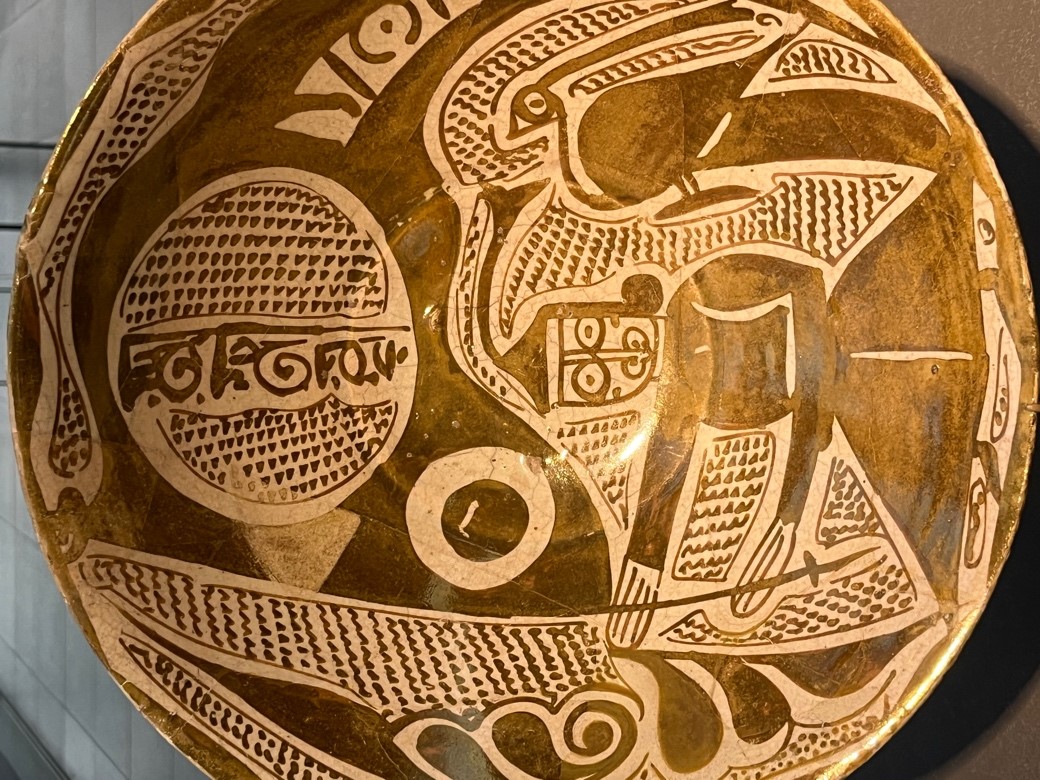

Shameless Comparatism
My Louvre by Antoine Compagnon

Shameless Comparatism
I am not very fond of comparative studies. Every book is unique, every work of art is singular. But, like everybody, I easily fall prey to the vice of seeing the old in the new, or the new in the old, through a kind of anachronism that Proust redeemed by giving it the noble name “anticipatory recollection,” when he found a phrase of Flaubert’s in Montesquieu. And so, when I look at this dish from tenth-century Iraq, as I am a philistine in these matters, I see a ceramic work by Picasso or by Victor Brauner made in the workshops of Vallauris after World War II. I can’t help it. I know it's naïve, but when I consider this flag-bearing warrior at the center of a monochrome dish, his face reduced to a few lines, his body and the banner unfurling around his head, the calligraphy of the crown, and what dimly appears to be a sword or blade, I waver between seeing the end of figuration in one culture and the beginning of abstraction in an entirely different culture ten centuries later. Frankly, I couldn’t care less. I’m not here to lecture, but to express my astonishment before an object that speaks to all my memory (Denon, room 185).